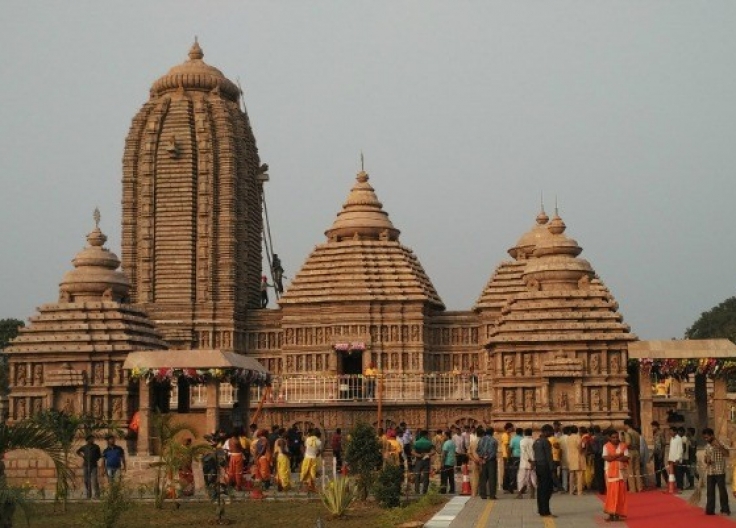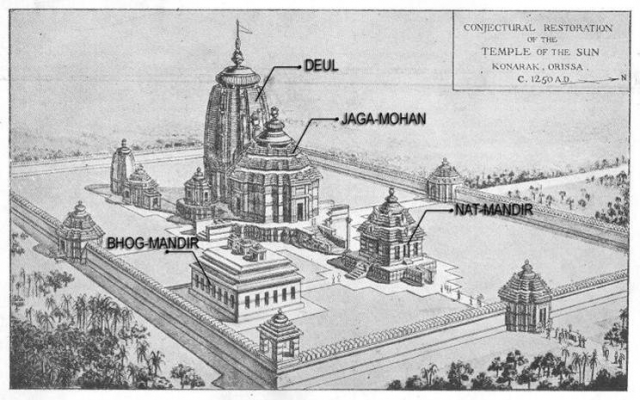Focus: GS-I Art and Culture
Why in news?
The imposition of restriction on withdrawal of money from Yes Bank imposed by RBI on 5th March 2020, spells trouble as ₹545 crore belonging to Shree Jagannath Temple is deposited in the bank.
Shree Jagannath temple

- The Shree Jagannath Temple of Puri is an important Hindu temple dedicated to Lord Jagannath, a form of Vishnu, in Puri in the state of Odisha on the eastern coast of India.
- The present temple was rebuilt from the 10th century onwards, on the site of an earlier temple, and begun by King Anantavarman Chodaganga Deva, first of the Eastern Ganga dynasty.
- The Puri temple is famous for its Annual Ratha yatra, or chariot festival, in which the three principal deities are pulled on huge and elaborately decorated temple cars. These gave their name to the English term Juggernaut.
- Unlike the stone and metal icons found in most Hindu temples, the image of Jagannath is made of wood and is ceremoniously replaced every twelve or nineteen years by an exact replica.
Architecture of Jagannath temple

- The Temple of Jagannath at Puri is one of the major Hindu temples in India.
- The temple is built in the Kalinga style of architecture, with the Pancharatha (Five chariots) type consisting of two anurathas, two konakas and one ratha. Jagannath temple is a pancharatha with well-developed pagas. ‘Gajasimhas’ (elephant lions) carved in recesses of the pagas, the ‘Jhampasimhas’ (Jumping lions) are also placed properly.
- The perfect pancharatha temple developed into a Nagara-rekha temple.
- The temple is built on an elevated platform, as compared to Lingaraja temple and other temples belonging to this type.
- This is the first temple in the history of Kalingaan temple architecture where all the chambers like Jagamohana, Bhogamandapa and Natyamandapa were built along with the main temple.
- There are miniature shrines on the three outer sides of the main temple.




